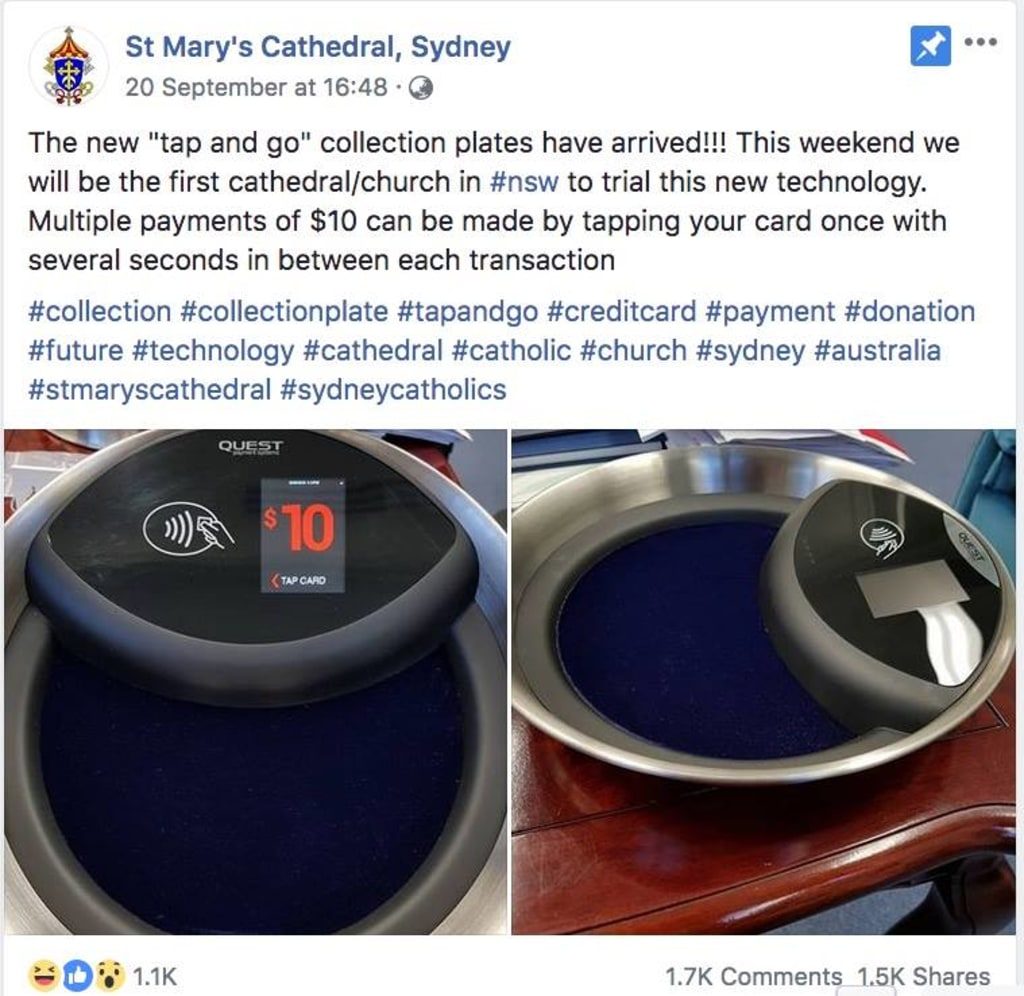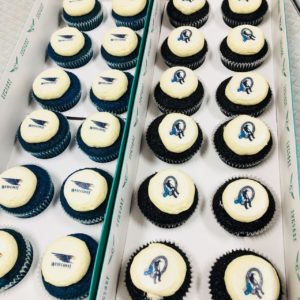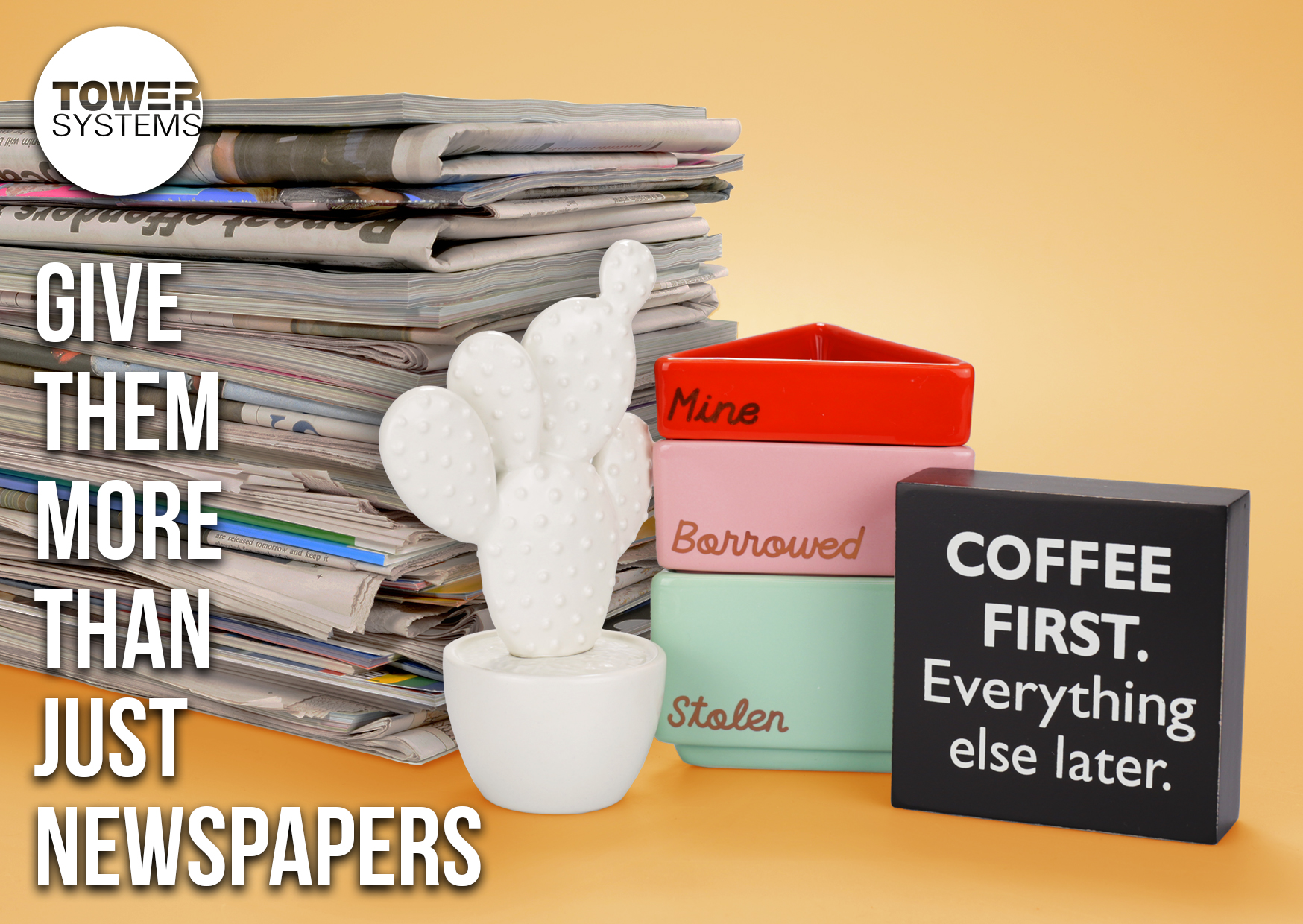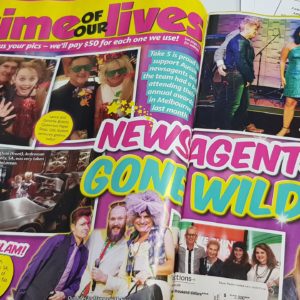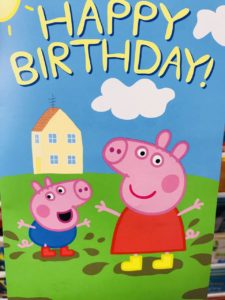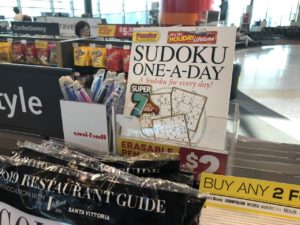The Australia Post challenge to small business newsagents that politicians refuse to address
For almost twenty years Australia Post corporate stores have been reaching beyond selling postal and allied products, stepping into categories newsagencies and other family run businesses rely on.
What bothers me about this is that it is the government owned businesses acting to take business from small businesses. They do this by leveraging their government ownership, landing shoppers for a lower cost than is often the case for independent retailers and with overheads that are often less than for independent retailers.
I have written to many politicians about this, without success. While some letters have led to meetings, they have not resulted in any action.
The Australia Post corporate stores continue to offer products unrelated to postal services. They take revenue that could have otherwise benefited local family-owned businesses.
Successive governments have given in to big business and sold off government assets, but not the Australia Post retail network.
What I wrote to the then Minister for Small Business, Fran Bailey, in 2006 about an Australia Post catalogue holds true today:
With respect, Australia Post owned retail outlets do not operate on a “level playing field”. Australia Post has the government owned and supported Australia Post brand and exclusive Australia Post products and services with which to pull traffic for a very low cost per customer.
For decades, Australia Post stuck to post products and services. Now, with a considerably broader retail offering, the benefits of its exclusive brand and post products provide an unfair advantage.
Australia Post offers products which I consider are not permitted under the Australian Postal Corporation Act 1989. I urge you to look at the enclosed Christmas stars at Australia Post catalogue. Over the twelve pages, I counted one hundred and fourteen items which I consider to fall outside of what is permitted under the Act. Consider this selection:
- Faber Castell drawing kit (pg1)
- Jamie Oliver Books (pg1)
- Dinnerwear Gift etc (pg1)
- Binoculars (pg1)
- Picnic Packs (pg2)
- Maps (pg2)
- Gardening Aust. Magazine books (pg2)
- Brite Lanterns (pg2)
- Vtech Kid Challenge game (pg3)
- Learning Card Fun Packs (pg3)
- Floor Puzzles (pg3)
- First Words & Dictionary Packs (pg3)
- Various items of plush (pg3)
- Book packs (pg4)
- Music CDs (pg4)
- Photo album (pg5)
- Social stationery items (pg5)
- Cookbooks (pg5)
- Children’s craft packs (pg6)
- Kids stationery set (pg6)
- PlayStation games (pg6)
- Pencil and pen sets (pg6)
- Chess set (pg7)
- AM/FM radio (pg7)
- Sudoku game (pg7)
- Calendars (pg8)
These products, and others in the catalogue, are not incidental to nor do they relate to the supply of postal services. They are products outside what the Act permits. Of course, this comes down to interpretation. But what do Cookbooks, Gardening Australia magazine books, Chess Sets and Binoculars have to do with what is permitted under the Act?
For decades Australia Post was profitable without selling calendars, greeting cards and the broad range of stationery it offers today yet now it seems that Australia Post and the Government consider such product categories essential to its commercial viability. I would have thought that the postal product offering ought to be viable as a stand alone business – it is a monopoly after all.
Australia Post is using its powerful brand and exclusive postal products to draw traffic into Government owned stores and away from independent small businesses like mine. Is this an outcome that the Government wants? Is the Government happy to ignore the pleas of small business so that its own national retail network profits?
For decades, newsagents were profitable while they had a monopoly on the distribution of newspapers and magazines. In 1999 the Government facilitated the deregulation of the distribution of newspapers and magazines. As we have lost the benefits of exclusive traffic as a result of this deregulation, Australia Post has increased its range of newsagent type lines and thereby very successfully leveraged its continued exclusivity to more effectively compete with us.
The Government is profiting at the expense of my newsagency and other businesses like mine which compete directly with a Government owned Australia Post outlet, yet the Government refuses to even acknowledge that I may possibly be right. In response to my letters documenting breaches of the Act all I receive is vague government-speak.
In my September letter I said that “Australia Post is our drought”. A review of their Christmas catalogue illustrates how much this is the case. For many years now it has been draining newsagencies of revenue. Many are close to death as a result.
This is a very serious problem, causing families much heartache. Please take notice. Please understand that Australia Post is stealing our customers by straying from what is permitted under the Act and that its behavior, under your watch, makes a mockery of your claimed support for small business.
I urge the Government to amend the Australian Postal Corporation Act 1989 to limit what Australia Post can sell through its own retail outlets and to names postal items such as envelopes and Post branded packaging materials. Such would be the action of a Government committed to small business.
Looking back and thinking about the many letters Ms Bailey and plenty of there ministers in governments of all colours would have received along similar lines, it is clear to me that politicians talk about small business but often fail to act.
It is shameful that Australia Post government owned stores continue to trade today in plenty of categories they should not touch.

